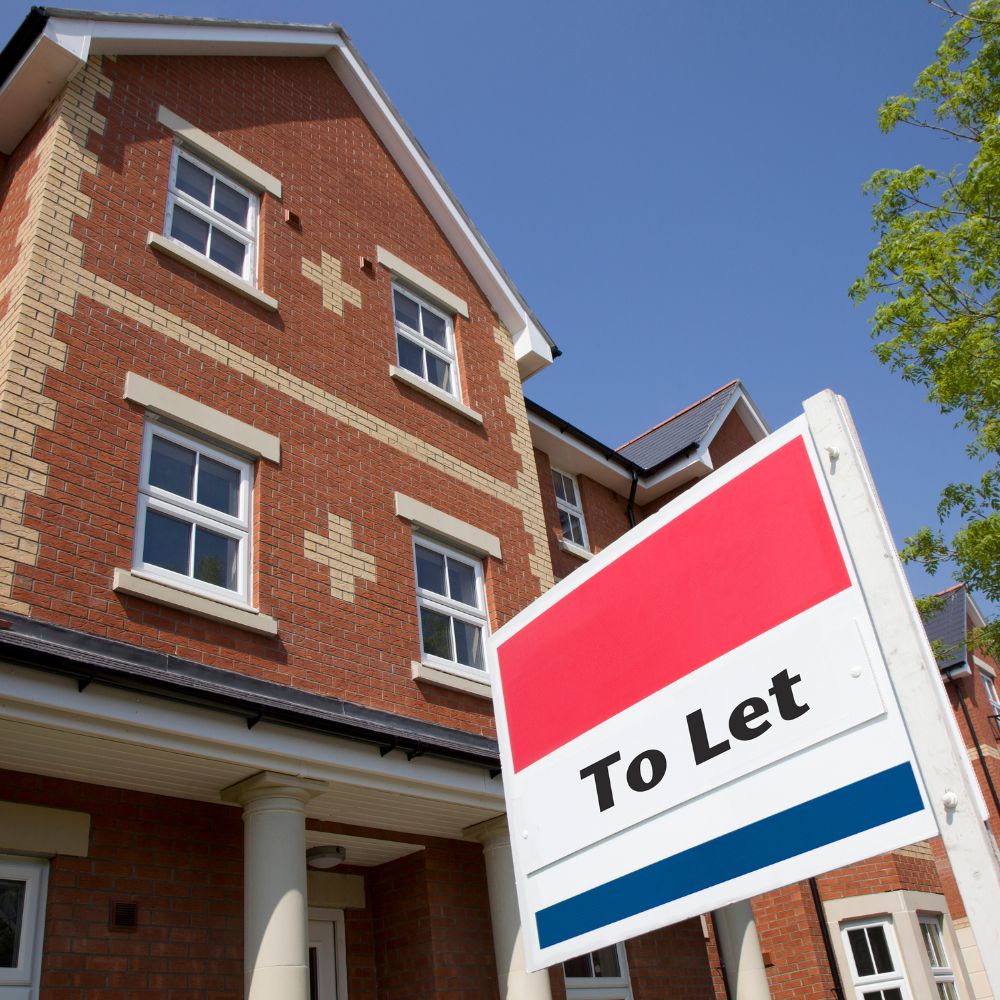
Property market, buy-to-let mortgages have long been a popular choice for investors looking to generate income from rental properties. But, with the introduction of consumer buy-to-let mortgages, there is now a new option tailored specifically for non-professional landlords. In this article, we’ll explore what consumer buy-to-let mortgages are, how they differ from traditional buy-to-let mortgages, and the key factors to consider before applying for one.
What are consumer buy-to-let mortgages?
Consumer buy-to-let (CBTL) mortgages are a subset of buy-to-let mortgages designed specifically for “accidental landlords” or those who have become landlords due to circumstances rather than deliberate investment plans. Examples of such circumstances include:
- Inheriting a property that is then rented out.
- Renting out a property that was previously your main residence because you are unable to sell it.
- Renting out a property while temporarily living elsewhere for work or other reasons.
How do consumer buy-to-let mortgages differ from traditional buy-to-let mortgages?
While both traditional buy-to-let and consumer buy-to-let mortgages serve the purpose of financing rental properties, there are some key differences between the two:
Regulation: CBTL mortgages are regulated by the Financial Conduct Authority (FCA) in the UK, whereas traditional buy-to-let mortgages are not. This means that CBTL borrowers benefit from additional consumer protections, such as the requirement for lenders to assess affordability and suitability before granting a mortgage.
Purpose: As mentioned earlier, CBTL mortgages cater to non-professional landlords who have not intentionally invested in the property market. In contrast, traditional buy-to-let mortgages are designed for professional landlords and property investors.
Lender criteria: Lenders tend to have stricter criteria for CBTL mortgages compared to traditional buy-to-let mortgages, as they must adhere to FCA regulations. This may include more comprehensive credit checks, income assessments, and stress tests to ensure borrowers can afford the mortgage repayments.
Key factors to consider before applying for a consumer buy-to-let mortgage:
Affordability: Ensure you can comfortably afford the mortgage repayments, even if interest rates rise or rental income fluctuates. Lenders will typically require proof of income and will assess your overall financial situation before approving a CBTL mortgage.
Property valuation: Lenders will require a property valuation to determine the loan-to-value (LTV) ratio. This ratio represents the percentage of the property’s value that you are borrowing. A lower LTV often results in more favourable mortgage terms and interest rates.
Rental income: As a landlord, you must be able to generate enough rental income to cover your mortgage repayments and other associated costs, such as maintenance and insurance. Research the local rental market to ensure your property can attract tenants and generate sufficient income.
Legal obligations: As a landlord, you will have legal obligations to your tenants, such as ensuring the property meets health and safety standards and handling deposit protection. Familiarise yourself with these responsibilities to avoid potential fines and disputes.
In summary, consumer buy-to-let mortgages offer a tailored solution for non-professional landlords. By understanding the key differences between traditional buy-to-let and consumer buy-to-let mortgages, as well as the factors to consider before applying, you can make an informed decision about whether this type of mortgage is the right fit for your circumstances. Always consult a mortgage advisor or financial professional for tailored advice and support throughout the application process.
Related articles:
